#brooklyn museum
Photo
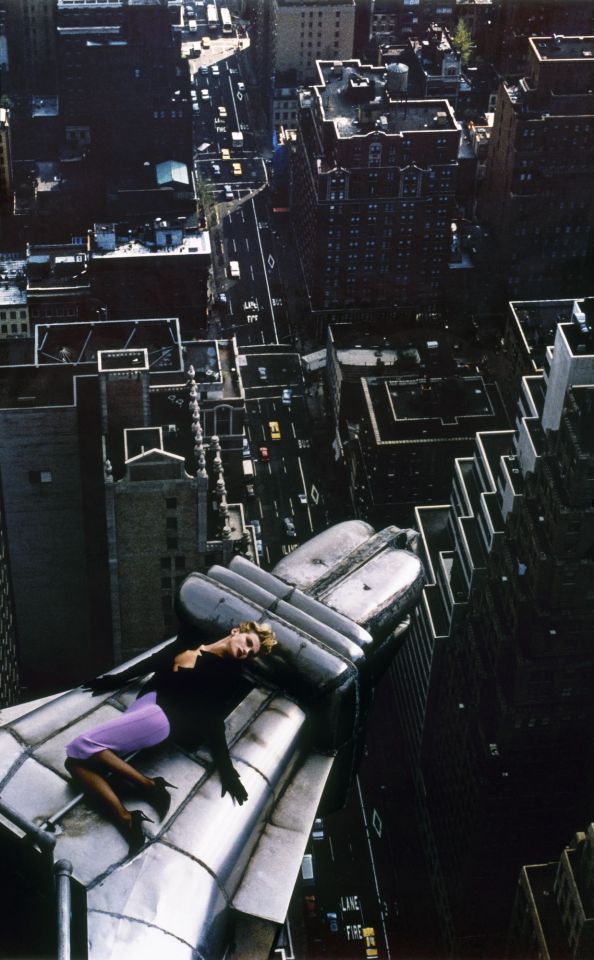
“My work is timeless because it’s based on the beauty of the human body and the fascinating world we live in,” said Thierry Mugler.
Never one to shy away from daring endeavors, Mugler staged photoshoots in some of the world’s most breathtaking settings including: icebergs in Greenland, the White Sand of New Mexico, and the Tlalpan Chapel in Mexico City to name a few.
Here, Claude Heidemeyer poses on the edge of the Chrysler Building for an aptly-named photograph, “Vertigo,” in 1988. Mugler’s keen eye as a director resulted in photographs and campaigns that helped to convey his exhilarating point of view.
See more of Mugler’s photography as part of Thierry Mugler: Couturissime on view now.
📷 Thierry Mugler (French, 1948–2022). Chrysler Building, New York, 1988. Claude Heidemeyer in “Vertigo” by Mugler, 1988. Photographic print, 35 11/16 × 23 7/8 in. (90.6 × 60.6 cm). Courtesy of Mugler Archives. © Thierry Mugler
#Brooklyn Museum#brooklyn#museum#art#exhibition#fashion#photography#Thierry Mugler#ThierryMuglerBkM#Couturissime#chrysler building#New York City#nyc
2K notes
·
View notes
Text
#Caturday:

Walter von Nessen (American, born Germany, 1889-1943)
Chase Brass & Copper Co., Inc., Waterbury, CT
Cat Bookends, 1930-5
Copper-plated alloy, 7 3/8 x 4 1/2 x 2 1/2 in. (18.8 x 11.5 x 6.4 cm)
Brooklyn Museum 1994.156.4,5:
https://www.brooklynmuseum.org/opencollection/objects/2265
https://www.brooklynmuseum.org/opencollection/objects/2285
#animals in art#20th century art#modern art#Art Deco#pair#bookends#cat#cats#cats in art#Caturday#American art#Brooklyn Museum#copper#metalwork#Walter von Nessen#1930s
187 notes
·
View notes
Text

Elihu Vedder (1836-1923)
"Soul in Bondage" (1891-1892)
Oil on canvas
Symbolism
Located in the Brooklyn Museum, New York City, New York, United States
#paintings#art#artwork#symbolist painting#soul#elihu vedder#oil on canvas#fine art#symbolism#brooklyn museum#museum#art gallery#american artist#souls#angel wings#good and evil#butterfly#butterflies#serpent#snakes#female figure#1890s#late 1800s#late 19th century#trapped#subjugation
196 notes
·
View notes
Text
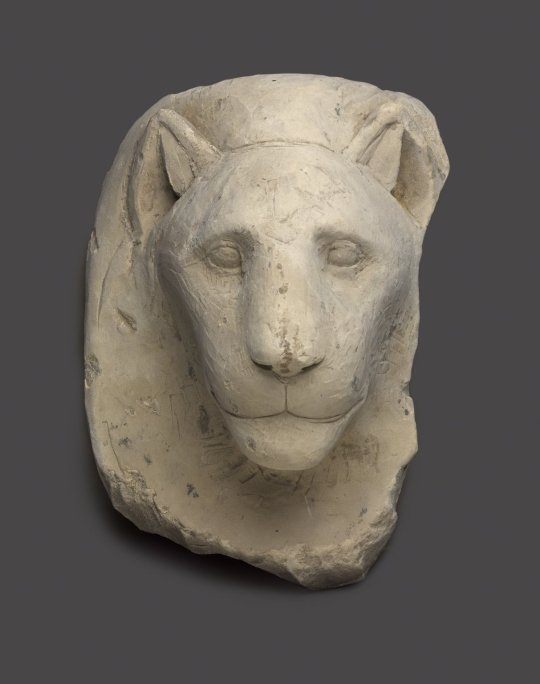

~ Sculptor's Model Head of a Lioness.
Place of origin: Egypt
Date: 332-30 B.C.
Period: Ptolemaic Period
Medium: Limestone
#ancient#ancient art#history#museum#archeology#ancient egypt#ancient sculpture#ancient history#archaeology#egyptian#egyptology#egypt#lioness#sculptor#Ptolemaic#332 b.c.#30 b.c.#brooklyn museum
449 notes
·
View notes
Photo
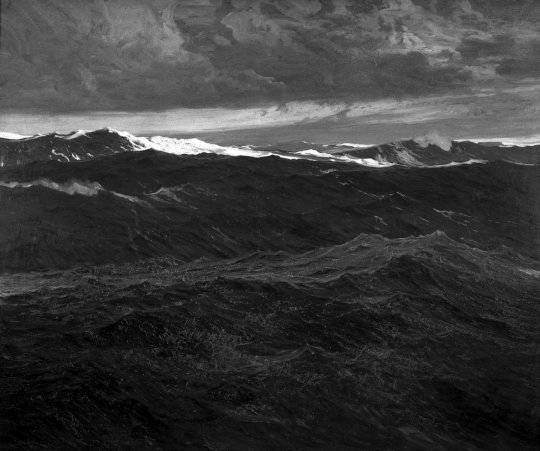
Frederick Judd Waugh - The Great Deep, c.1909
477 notes
·
View notes
Text
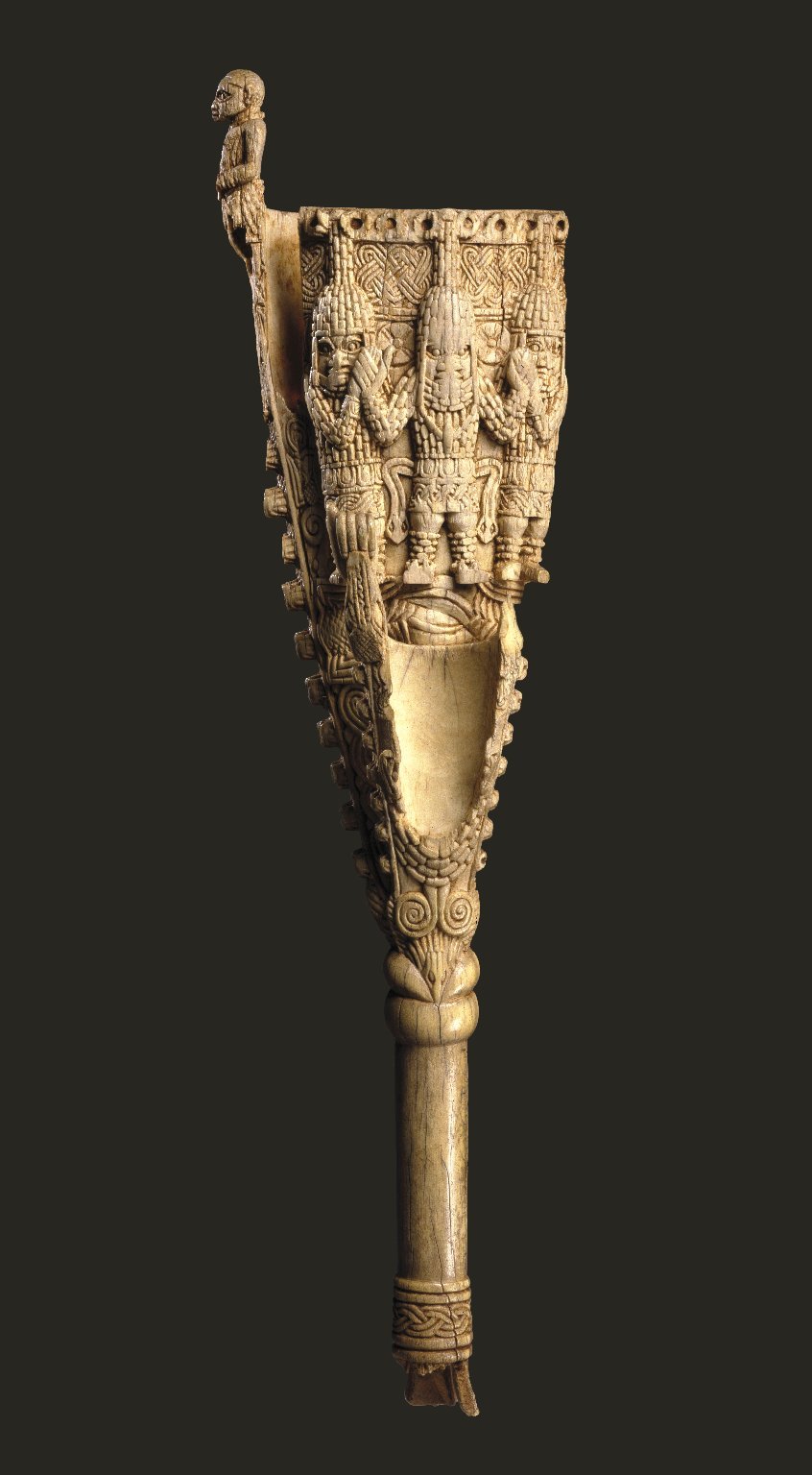
Ivory double bell (egogo) from the Benin kingdom in present-day Edo State, Nigeria, depicting the oba (king) with his arms upheld by two attendants, possibly high priests. The oba wielded the egogo during the Emobo rite that concluded the Igue festival, using its sound to repel troublesome spirits. Artist unknown; early 16th century. Now in the Brooklyn Museum. Photo credit: Brooklyn Museum.
#art#art history#Africa#African#African art#West Africa#West African#West African art#Nigeria#Nigerian art#Kingdom of Benin#Benin art#sculpture#ivory#ivory carving#African religions#16th century art#Brooklyn Museum
130 notes
·
View notes
Text
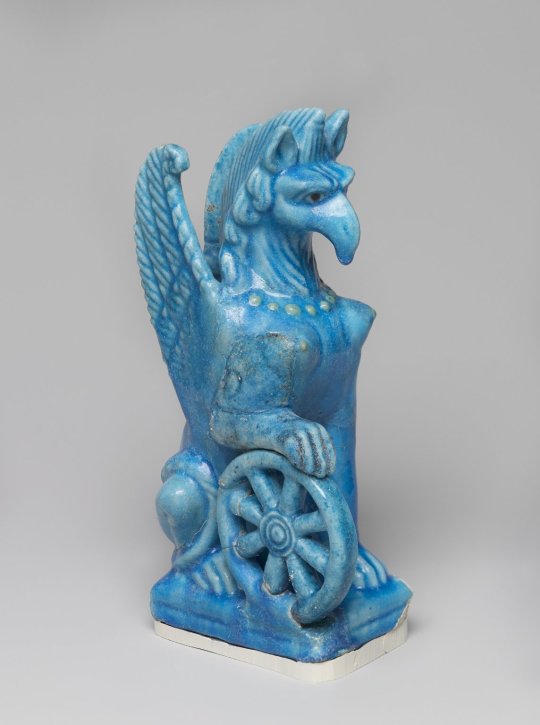
statuette of Nemesis in the form of a female griffin with wings, Roman Egypt (2nd century CE), earthenware and blue faience with yellow faience necklace and black and white glazed eyes
currently in the collection of the Brooklyn Museum (accession no. 53.173)
#isaac.txt#archaeology#egyptology#egypt#egyptian archaeology#roman egypt#roman#art#nemesis#earthenware#faience#brooklyn museum
393 notes
·
View notes
Text
by John Podhoretz
A day after Jewish college kids found it necessary to barricade themselves inside a library in the center of Greenwich Village while a mob of repugnant terrorist-lovers banged on the locked doors trying to get at them, the message is being broadcast that, on this Sabbath, Jews in Brooklyn had better remain at home.
Stay inside.
Lock the doors.
A pro-Palestinian protest is scheduled for 3 p.m. Saturday in front of the Brooklyn Museum.
That’s a mile from 770 Eastern Parkway, the headquarters of the largest ultra-Orthodox sect in the world, the Lubavitch Hasidim.
Roughly 20,000 observant Jews live around 770, in the neighborhood called Crown Heights.
“Jews should definitely avoid the area,” an ultra-Orthodox news site called COLlive.com said a “security source” had advised them and the Shmira, the local Jewish self-defense association.
“There’s no intel at this time in which direction the protest will head. Locals should definitely stay away from Eastern Parkway in that area.”
The Jews of Brooklyn feel they are at risk, and — this is the implicit corollary — they cannot be protected.
On the Sabbath, observant Jews do not use electricity or vehicles or screens of any kind.
To pass the time on a Sabbath afternoon, they often go on a long walk.
Not this weekend.
As the security source said, after all, who knows which direction the mob will go?
Better for the Jews to stay inside.
Just as it became a matter of life and death for them to stay inside back in 1991, in the very same neighborhood.
What everyone is afraid of is a repeat of August 1991.
In Crown Heights that year, a three-day anti-Jewish riot followed a tragic automobile accident that took the life of a 7-year-old black child after he was hit by a car being driven by a Hasidic Jew.
Not only were 38 Jews beaten, seven Jewish-owned businesses were looted and burned to the ground.
“Let’s go get a Jew,” a mob chanted, and then they did — they murdered an Australian doctoral student named Yankel Rosenbaum, stabbing him and smashing in his skull.
75 notes
·
View notes
Text

Charles Webster Hawthorne (American, 1872-1930) • The Red Bow • c. 1902 • Brooklyn Museum, Brooklyn, New York
#art#painting#fine art#art history#genre painting#paintings of women#american artist#women in paintings#early 20th century art#figurative painting#artist#brooklyn museum#art appreciation#art lover#impressionism#pagan sphinx art blog
70 notes
·
View notes
Text

A life class for adults at the Brooklyn Museum, under the auspices of the NYC WPA Art Project, ca. 1935.
Photo: Smithsonian Institution
#vintage New York#1930s#WPA Art Project#Work Progress Administration#art class#drawing#vintage Brooklyn#Brooklyn Museum#life drawing#New Deal#vintage NYC
70 notes
·
View notes
Photo
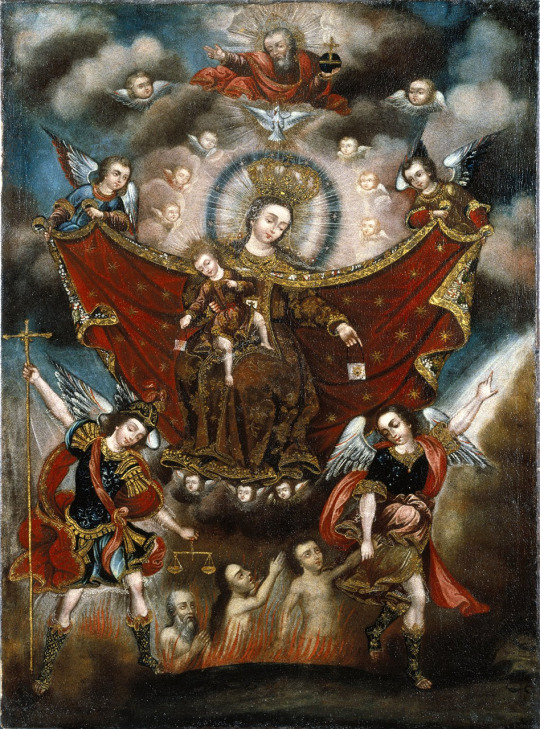
Nuestra Señora del Carmen
circle of Diego Quispe Tito (Peruvian, 1611 – 1681)
oil on canvas (73,7 × 104,1 cm), late-17th century
Brooklyn Museum
#723062583290216448/YF3iTzOg#Diego Quispe Tito#Catholic Church#Our Lady of Mount Carmel#Blessed Virgin Mary#Child Jesus#Monarquía Hispánica#Spanish Empire#Viceroyalty of Peru#17th century#Baroque#Brooklyn Museum#Cuzco School#Peru#sacred art#oil on canvas#paintings
112 notes
·
View notes
Photo
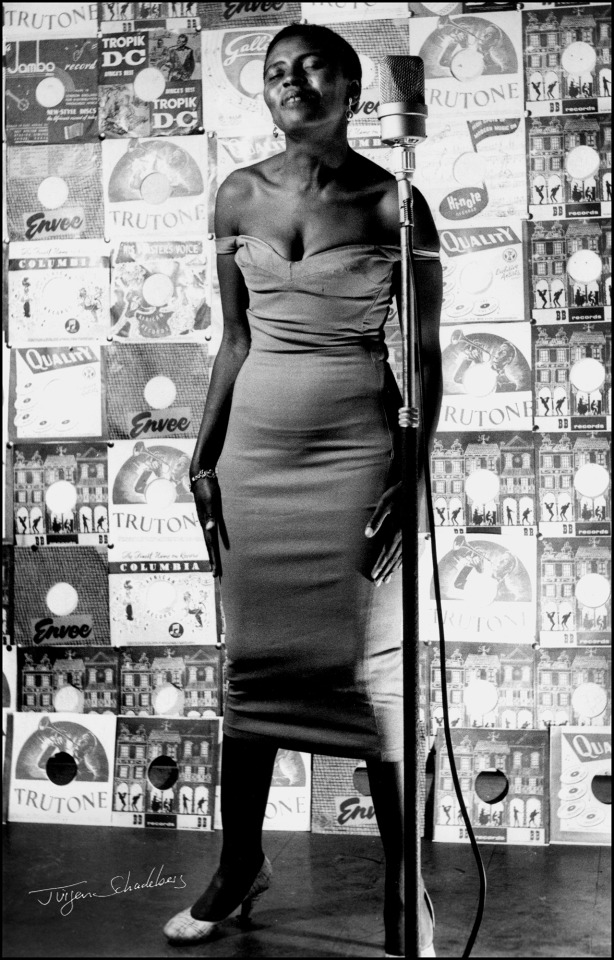
Miriam Makeba’s portrait greets and grounds you near the entry of Africa Fashion.
Makeba’s emergence as a singer on the global stage coincided with the emergence of an independent African continent. Her songs blended popular musical styles like Jazz with indigenous South African melodies, often incorporating Swahili, Xhosa, and Sotho lyrics. Well-known globally for her songs Pata Pata and Qongqothwane (the Click Song) Makeba’s music and self-fashioning embodied African liberation and identity.
For many Africans, her music gave voice to the dawn of a new independent era and the liberation struggles that remained. Affectionately referred to as Mama Africa by her legions of fans, Makeba came to embody a forward-looking Pan-Africanism and Black Power.
See this portrait of Makeba and hear her singular voice as part of the African Cultural Renaissance that welcomes you in #AfricaFashionBkM.
📷 Jürgen Schadeberg (German, 1931–2020). Miriam Makeba, 1955. © Estate of Jürgen Schadeberg (Photo: Courtesy of the Estate of Jürgen Schadeberg)
#Brooklyn Museum#AfricaFashionBkM#AfricaFashion#Africa#bkmartsofafrica#fashion#miriam makeba#music#Jurgen Schadeberg#photography#portrait#african diaspora#pan-africanism#swahili#xhosa#sotho
434 notes
·
View notes
Text
For #Woodensday:

Kwakwaka'wakw artist
Baleen Whale Mask, 19th century
Alert Bay, Cormorant Island, British Columbia, Canada
Cedarwood, pigment, hide, cotton cord, metal nails
From Brooklyn Museum’s “Climate in Crisis: Environmental Change in the Indigenous Americas” exhibition
#animals in art#whale#mask#Brooklyn Museum#museum visit#exhibition#Woodensday#woodwork#19th century art#First Nations art#Indigenous art#Kwakwaka'wakw#Canadian art
379 notes
·
View notes
Photo
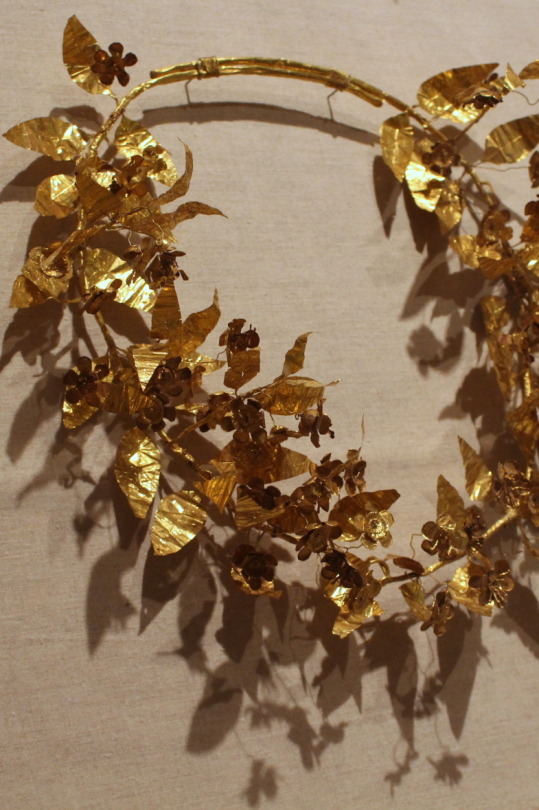
Wreath, 3rd century-2nd century B.C.E.
75 notes
·
View notes
Text
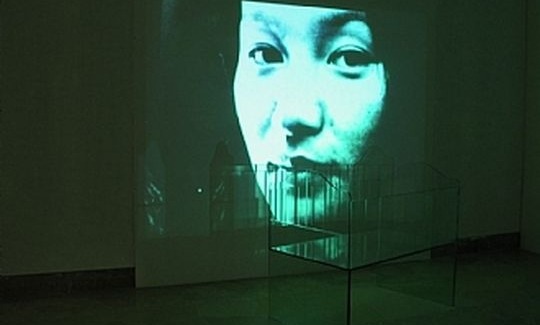
Mako Idemitsu
Real? Motherhood
Film
Brooklyn Museum
64 notes
·
View notes
Text

No one can fault the Brooklyn Museum’s It’s Pablo-matic: Picasso According to Hannah Gadsby for attempting to showcase a narrative of Picasso’s legacy that centers feminist artists, but the exhibition has rightly drawn criticism for its lack of critical engagement with the aesthetic contributions of the women artists it brandishes and their tenuous links with Pablo Picasso’s corpus.
But what would a truly critical Picasso exhibition look like?
Using the exhibition as a point of departure, scholar Donna Honarpisheh offers a list of artists whose works are directly linked to Picasso and offer perspectives that are marginalized in the Euro-American art historical canon.
73 notes
·
View notes